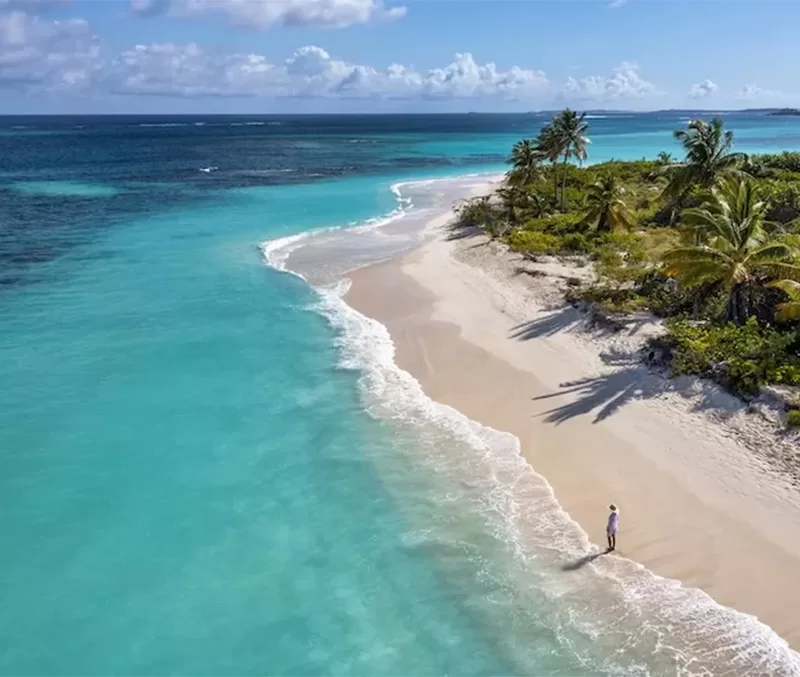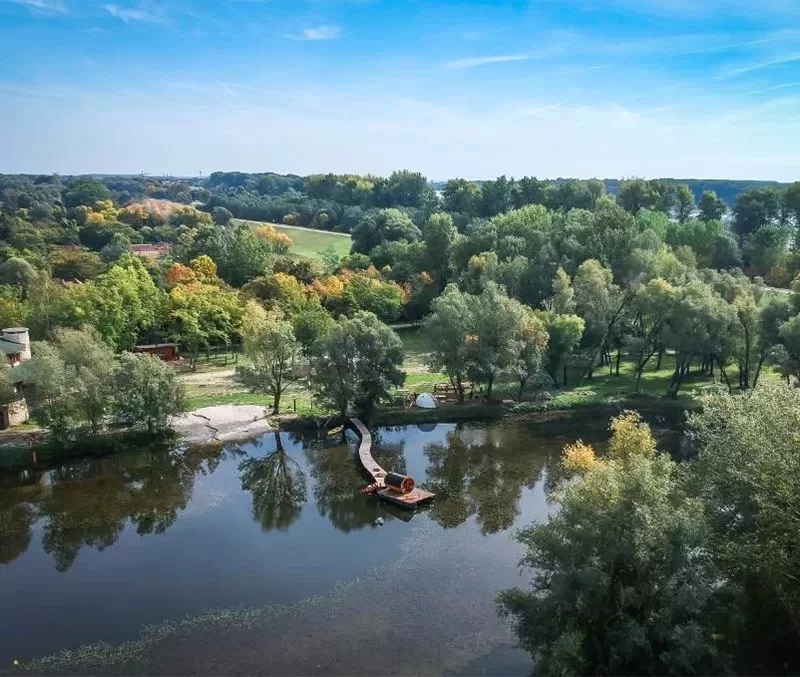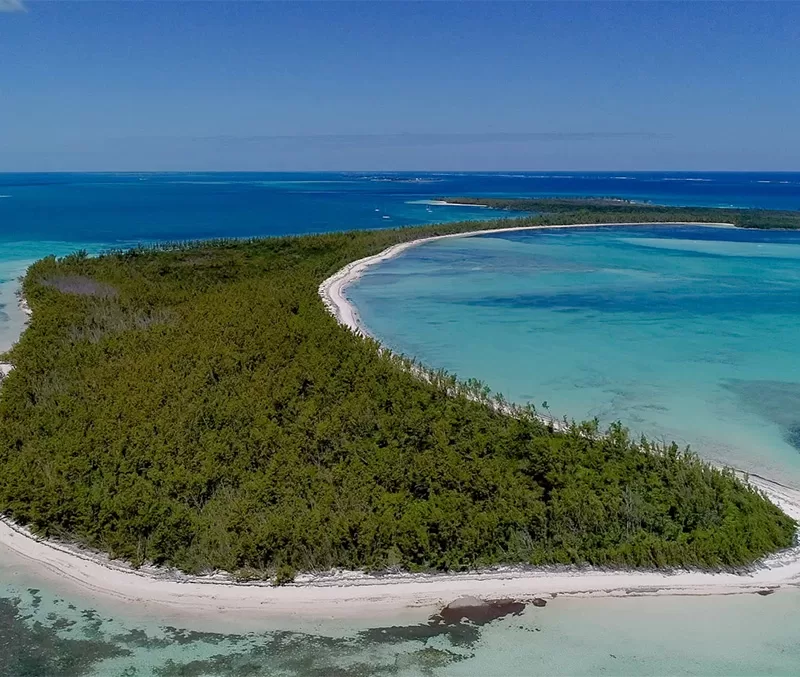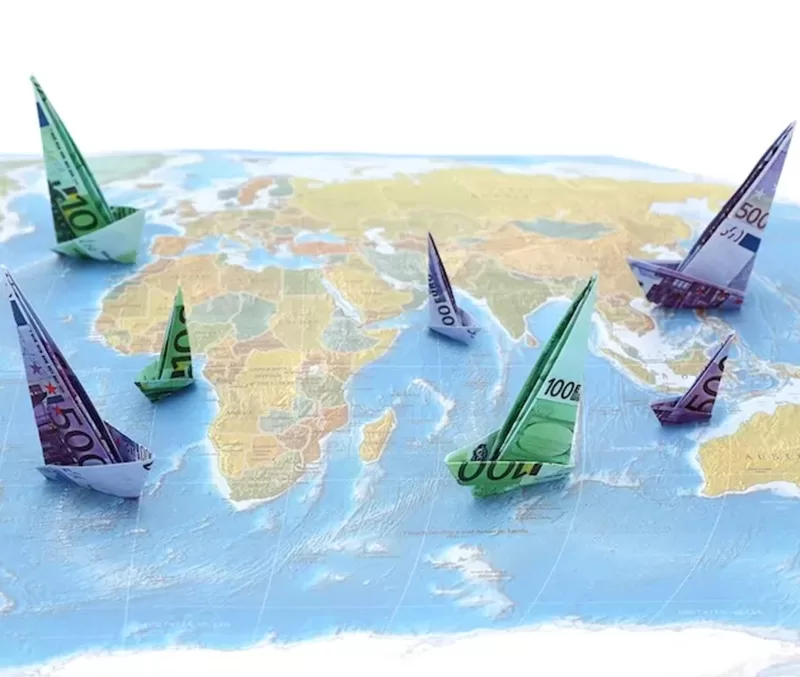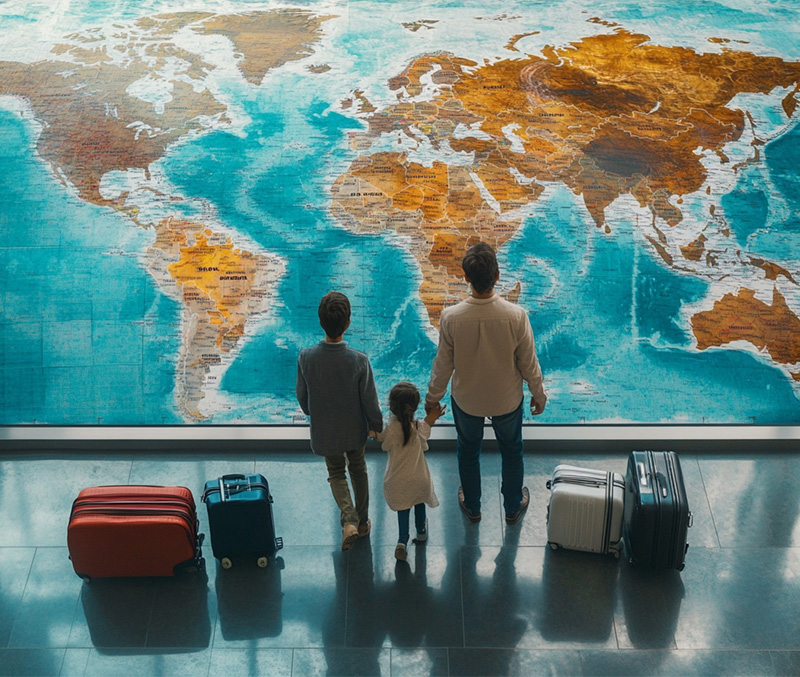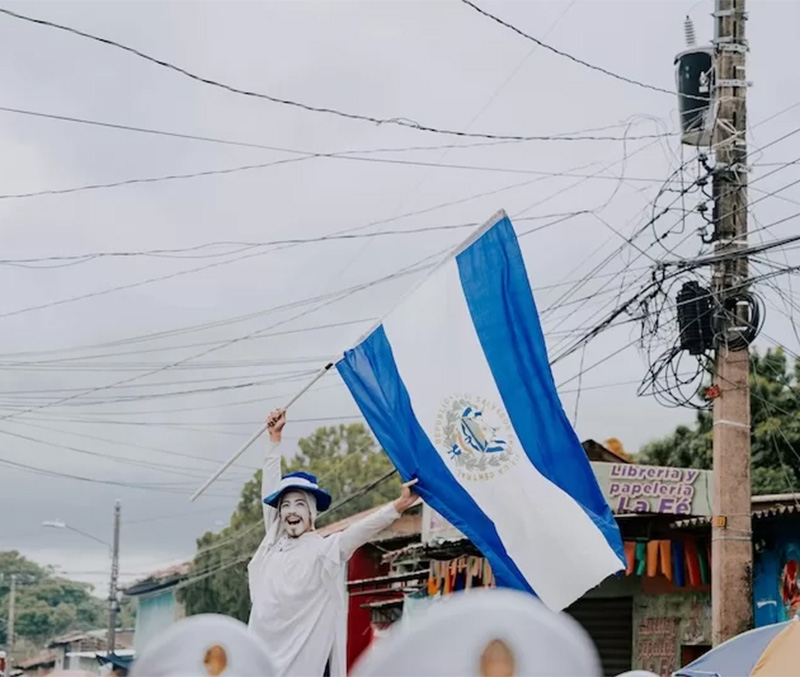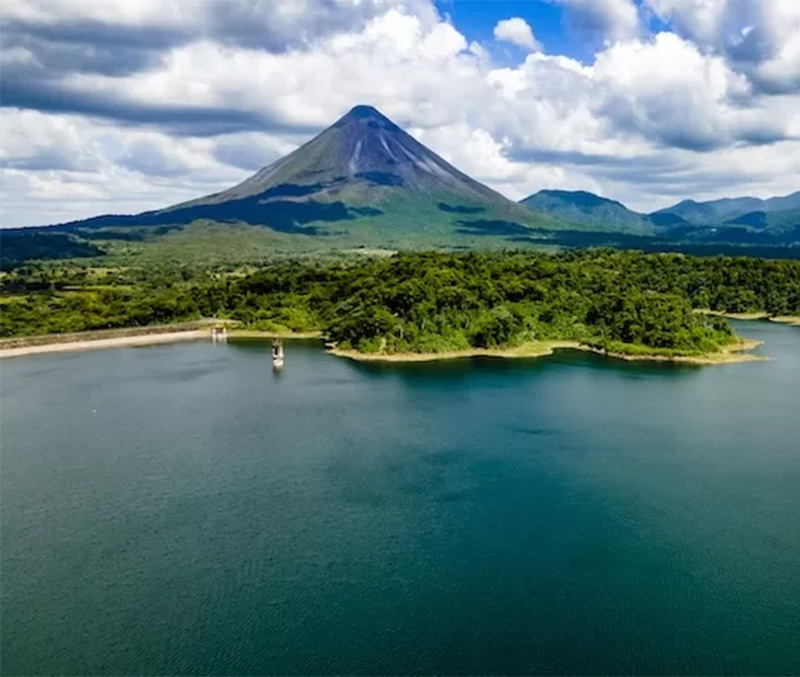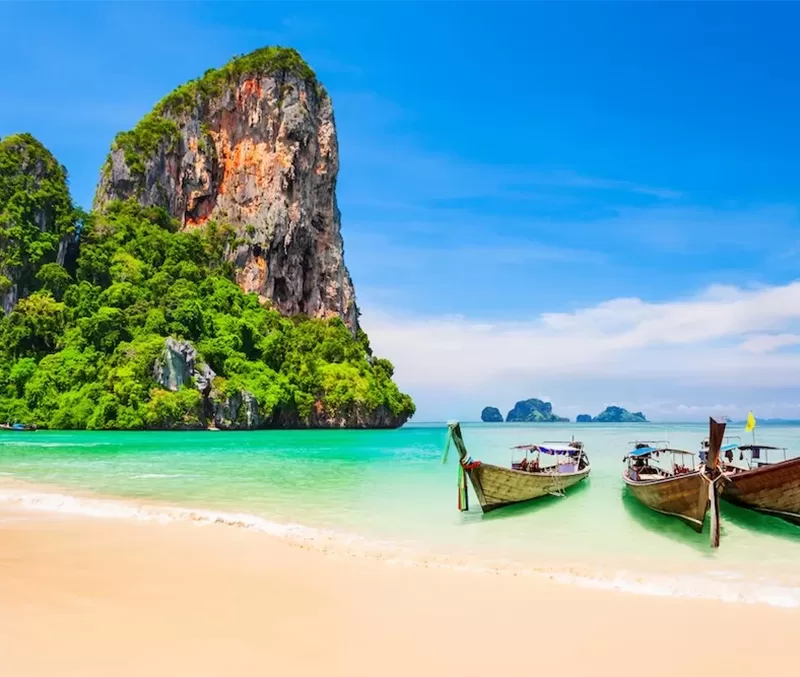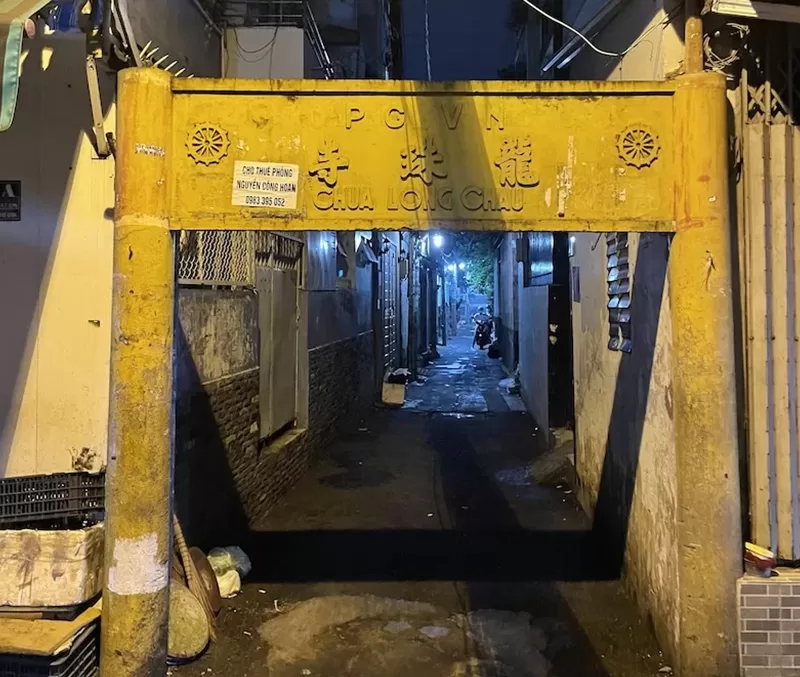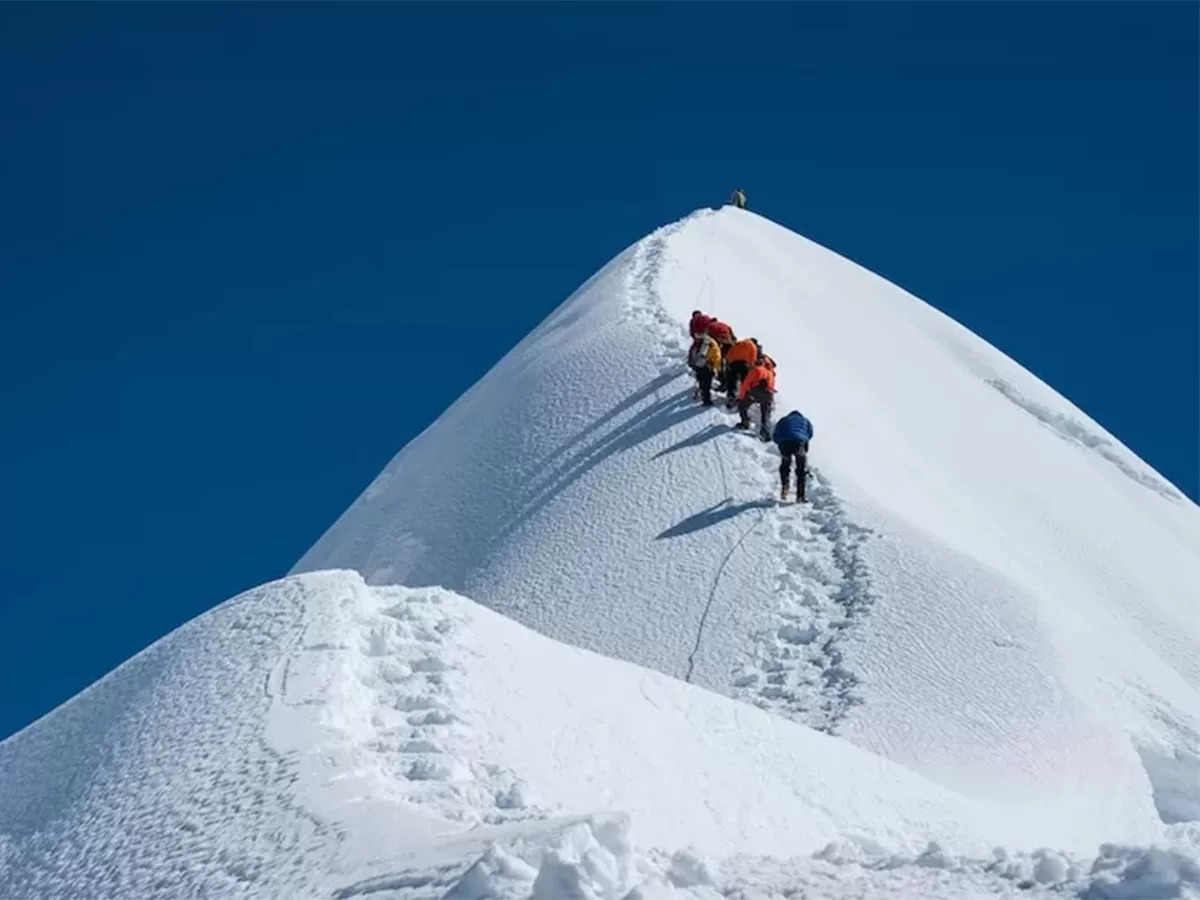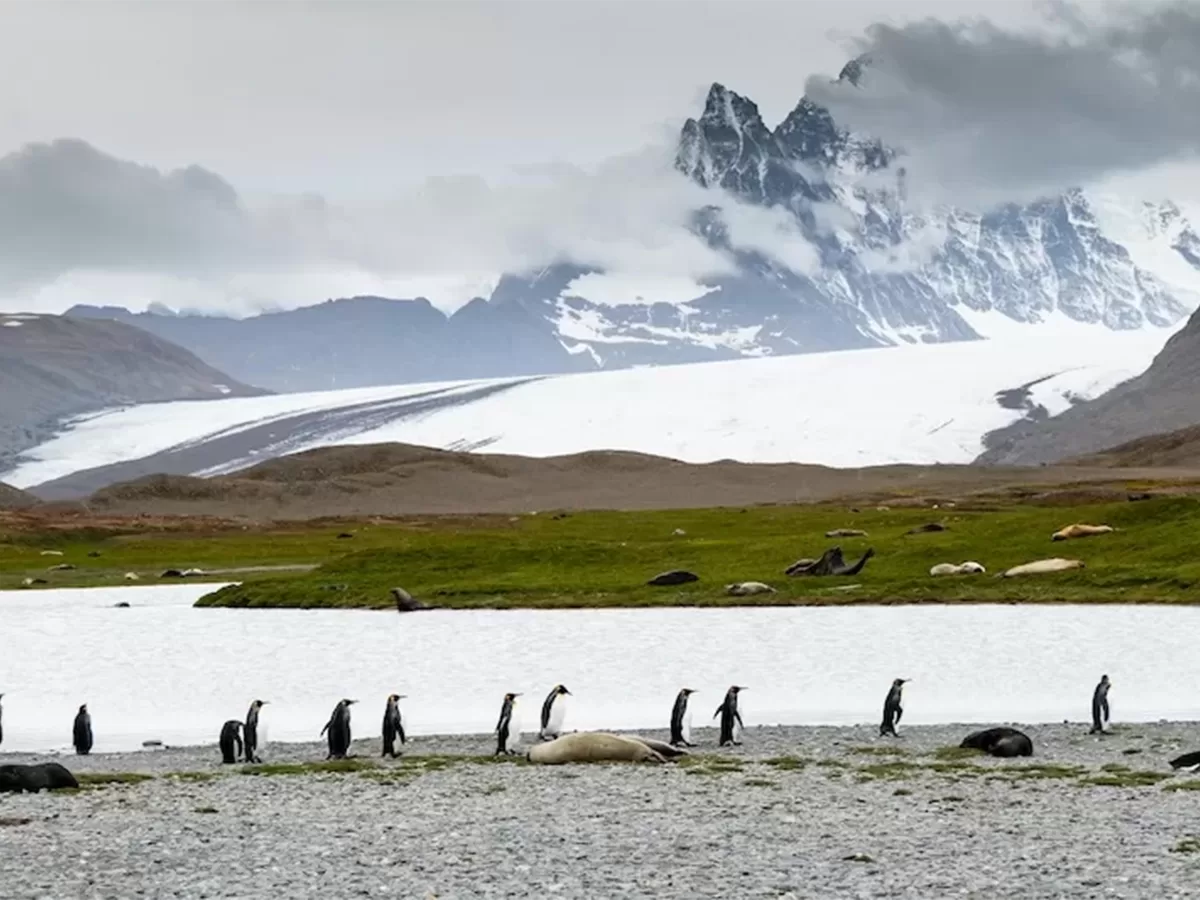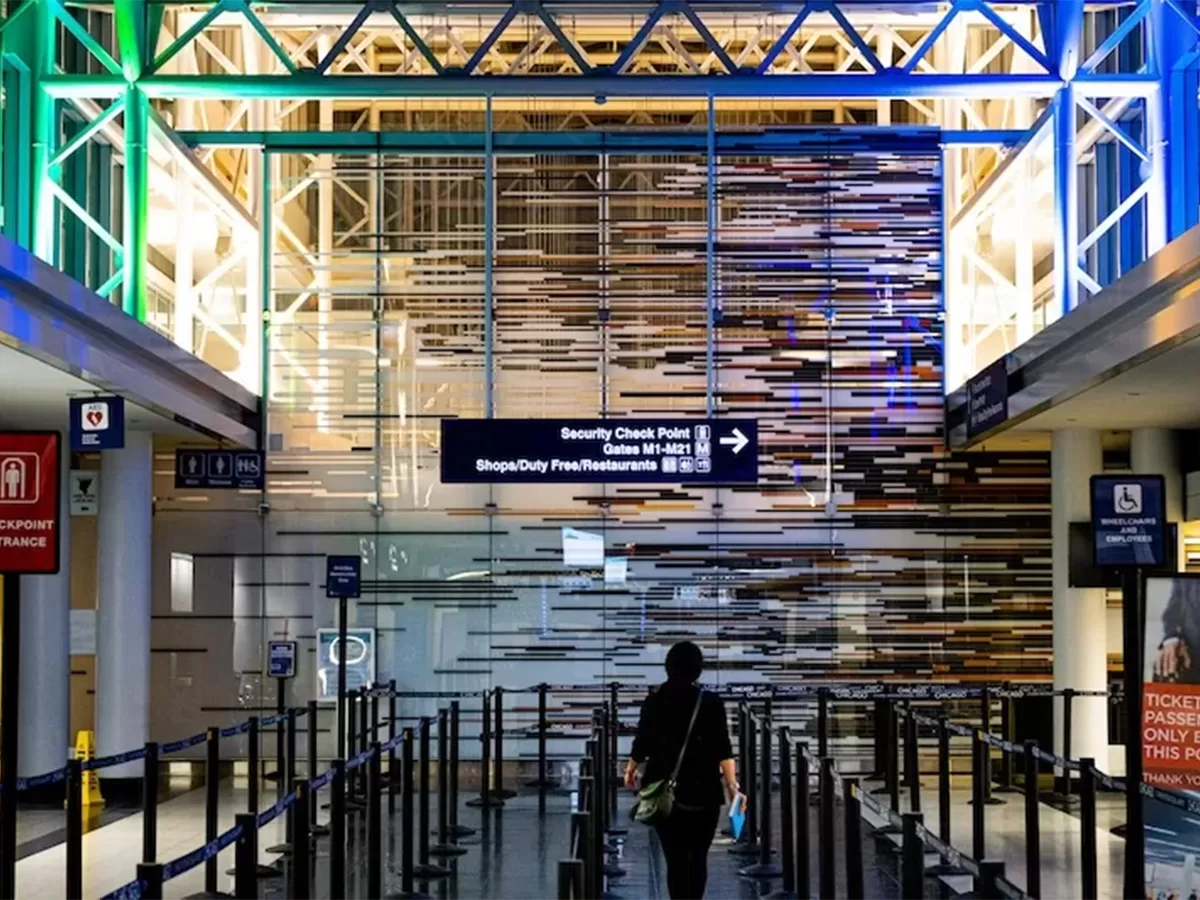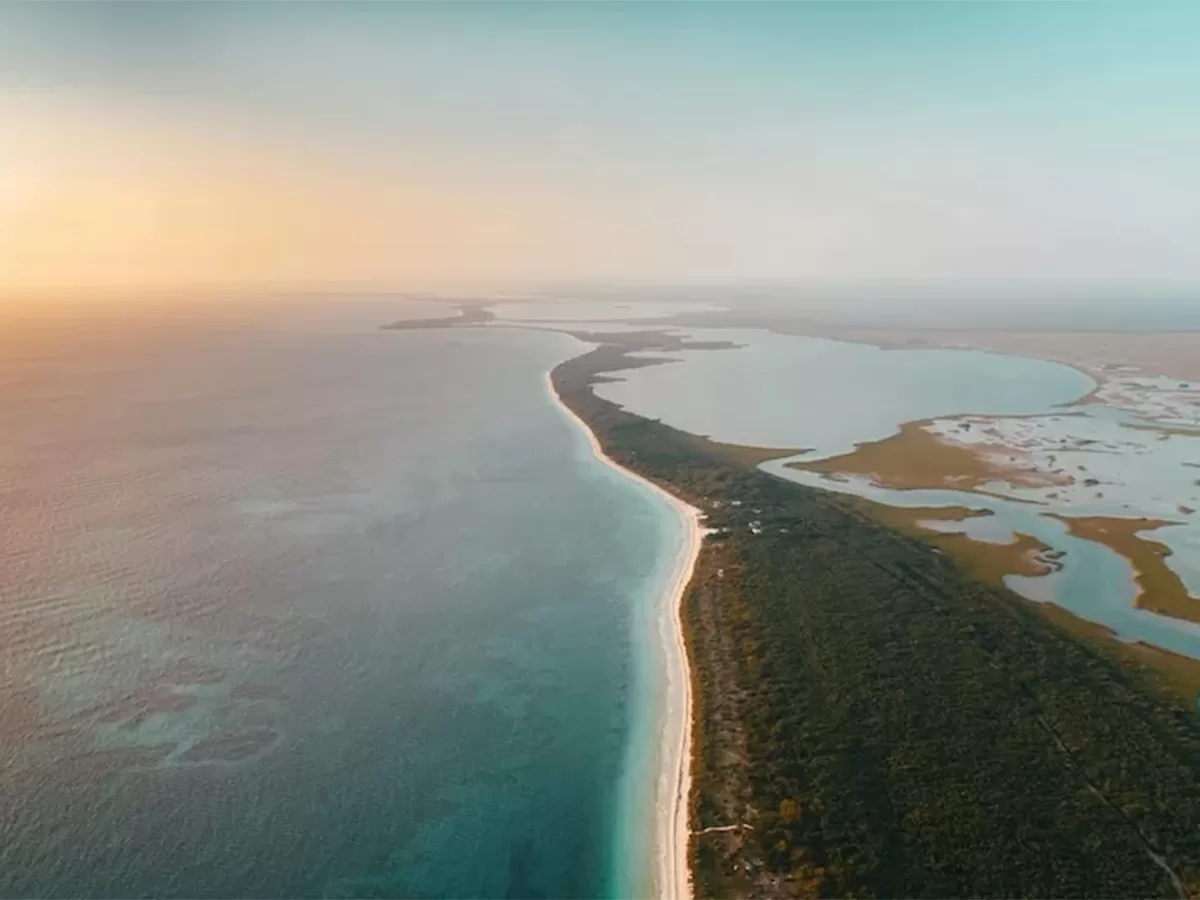Do I Drive on the Right or the Left?
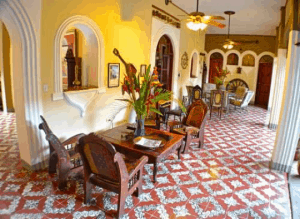
Being behind the wheel of a car in a foreign country can be an intimidating experience! In most of Panama, however, this won’t be a problem.
Traffic laws in Panama are similar to those in the United States. All drivers are required to wear seat belts, hold third-party auto insurance and adhere to posted speed limits. Drivers use the right side of the road, and traffic signals and most of the road signs are standardized. Even if you don’t read Spanish, the colors and shapes of most signs are the same as back home and a little common sense will help you navigate. Foreigners can drive a vehicle for up to 90 days using a valid driver’s license from their home country.
Speed limits range from 40 km/hour (25 mph) in the cities, to 80 km/hour (50 mph) outside of them, to 100 km/hour (60-65 mph) on the highways. Gas stations are readily available and carry unleaded, premium and diesel fuel. Most gas stations still have attendants who pump the gas and wash your windshield for you!
The Pan American highway is paved and most of it is in pretty good condition. There are some stretches of the highway between Penonome and David that have significant cracks and potholes though, so be alert while driving there. Larger towns usually have paved and decent roads, while dirt roads are more common as you get into smaller and remote villages. Street markings or lines and street signs may also be lacking in these areas. Best to have a GPS if you are driving in an unknown area or trying to navigate city streets.
Driving through most of Panama is relatively stress-free. Panama City and David, however, can be a glaring exception to this rule. Phrases like “utter chaos!”, “erratic and irrational behavior”, and “little regard for traffic laws” crop up with regular frequency! Panama City is plagued by unmarked streets, busy intersections with no traffic control, pedestrian traffic and huge traffic jams during rush hours.
Start practicing your city driving when traffic is light, and eventually you will discover that there is a “method to the madness”. Until you learn the tricks for navigating through the mayhem, though, (or unless you’re out for a thrill!), you may want to leave this part of your trip to the experts and support the local taxis.







